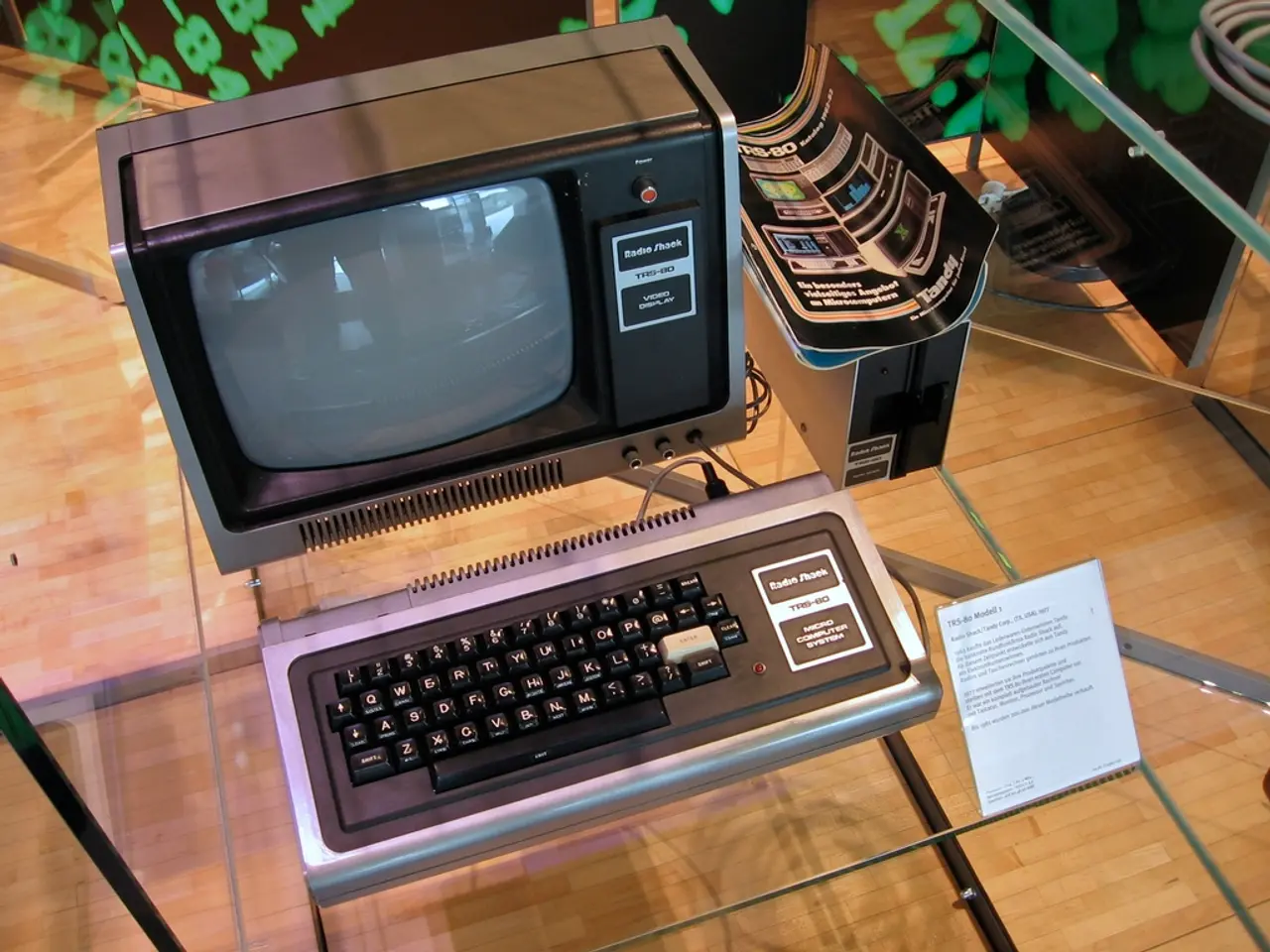Detailing the Steps to Uncover Your PC's Complete Specifications in Windows 10
Discovering Your Windows 10 Computer's Technical Specifications
In this article, we'll guide you through various methods to view detailed hardware and software specifications on your Windows 10 device. From the user-friendly Settings app to the powerful Command Prompt and PowerShell, there are several options at your disposal.
1. Settings App
To get started, open the Settings app by clicking on the gear icon in the Start menu. Navigate to System > About. Here, you'll find basic hardware specs such as the processor type, installed RAM, system type (32-bit or 64-bit), and Windows version details.
2. System Information Tool
For a more comprehensive summary, press , type , and press Enter. The System Information window opens, providing a detailed overview of your laptop or desktop's specs, including BIOS version, motherboard model, memory configuration, and more.
3. DirectX Diagnostic Tool (dxdiag)
To access even more specific details, press , type , and launch the DirectX Diagnostic Tool. Under the System tab, you'll see processor, memory, BIOS, system manufacturer and model, Windows version. Under the Display tab, view graphics card details like manufacturer, memory, and supported features. You can save all this information as a text file for review or sharing.
4. Command Prompt or PowerShell Commands
Open Command Prompt or PowerShell and type to get a detailed text list of system specs including OS version, processor, memory, BIOS, and network information. To get just the CPU name, type: . These commands are quick and suitable for advanced users or scripting.
Using these built-in tools covers almost all hardware and software details you might need for diagnosing, upgrading, or inventory purposes in Windows 10.
Summary Table:
| Tool | How to Access | Key Information Provided | |------------------------------|-------------------------------------|-------------------------------------------------------------| | Settings → About | Settings > System > About | Processor, RAM, system type, Windows edition/version | | System Information (msinfo32)| Run dialog: | Detailed hardware and software info, including BIOS, drivers| | DirectX Diagnostic Tool (dxdiag)| Start > search | System specs, graphics card details, DirectX version | | Command Prompt/PowerShell | Run or | Full textual hardware and OS info, quick CPU identification |
These methods require no third-party software and rely solely on Windows 10 native capabilities. If you need even more specialized info (like GPU details), the DirectX Diagnostic Tool or System Information are best choices. For quick CLI-based summaries, the command is efficient.
- The DirectX Diagnostic Tool (dxdiag) can provide detailed graphics card information such as the manufacturer, memory, and supported features on Windows 10 computers.
- By using the Command Prompt or PowerShell, users can quickly identify the CPU name and obtain a detailed text list of system specifications in Windows 10.
- The Settings app allows users to view basic hardware specs like the processor type, installed RAM, system type, and Windows version details on their Windows 10 devices.
- For a more comprehensive overview of a Windows 10 device's specs, including BIOS version, motherboard model, memory configuration, and more, users can access the System Information window by pressing Windows key + R and typing 'msinfo32'.
- If you are looking to perform data-and-cloud-computing tasks, use technology like Microsoft's Windows 10 software to optimize your laptop or desktop's hardware capabilities.
- Microsoft has introduced an update for Windows 11, which promises improved hardware performance and compatibility with modern technology; however, not every Windows 10 device will be able to run Windows 11, so it is essential to check the system requirements before considering an upgrade. Additionally, Xbox integration is a significant feature in Windows 11, making it an exciting opportunity for gamers to enjoy smoother and more immersive gaming experiences on their PCs.




